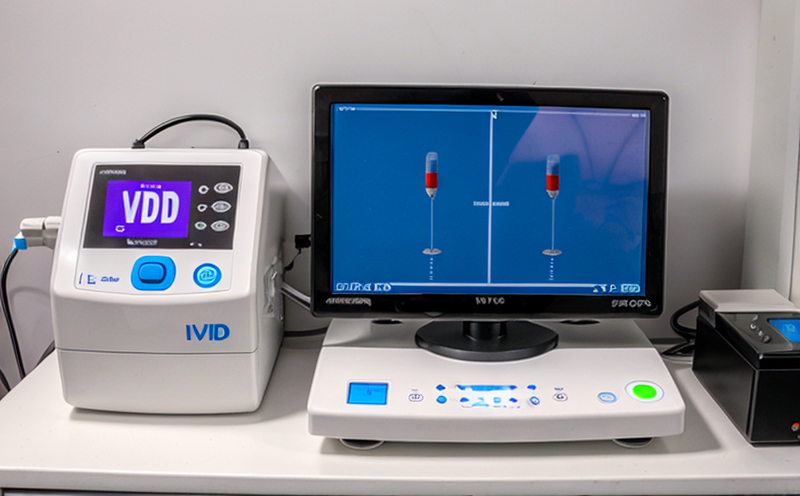ISO 13485 Quality Management System Compliance Testing for IVD Devices
The International Organization for Standardization (ISO) has established a series of standards to ensure the quality and safety of medical devices. Among these, ISO 13485 is specifically focused on the design, development, production, installation, and servicing of medical devices within the context of a quality management system. This standard is widely recognized as a means for manufacturers to demonstrate compliance with regulatory requirements.
In Vitro Diagnostic (IVD) devices are critical components in healthcare diagnostics that include reagents, calibrators, controls, and software intended to be used as an aid in the diagnosis of disease or other conditions. Compliance with ISO 13485 is crucial for IVD manufacturers because it ensures that their processes meet stringent quality standards. This compliance not only protects patient safety but also enhances the reliability and performance of diagnostic tests.
The testing process involves several key steps to ensure full compliance with ISO 13485 requirements. These include:
- Reviewing and updating quality management system documentation
- Performing internal audits to verify adherence to standards
- Evaluating supplier quality systems to ensure they meet ISO 13485 criteria
- Conducting process validation tests to confirm that manufacturing processes consistently produce compliant products
The testing of IVD devices under the scope of ISO 13485 involves a comprehensive approach. This includes:
- Ensuring all personnel involved in the development and production processes are trained according to ISO 13485 guidelines
- Implementing rigorous quality assurance measures throughout the entire lifecycle of the product
- Conducting thorough validation tests on new products before they enter the market
The testing process for IVD devices is intricate and involves a range of methodologies designed to assess various aspects of the device's performance. These methods include:
- Functional testing to ensure that the device performs its intended function accurately
- Calibration checks to verify the precision of measurements provided by the IVD device
- Reproducibility studies to confirm consistent results across multiple tests and operators
- Validation of software algorithms used in diagnostic applications
The data generated from these tests are meticulously analyzed, and any deviations from expected outcomes are thoroughly investigated. This process ensures that the IVD device meets all regulatory requirements before it can be approved for use.
Scope and Methodology
The scope of ISO 13485 compliance testing for IVD devices encompasses a wide range of activities aimed at ensuring the quality management system is robust and effective. The methodology involves:
- Reviewing existing documentation to ensure it aligns with current standards
- Conducting internal audits to identify any gaps or areas for improvement
- Evaluating supplier quality systems to confirm they meet ISO 13485 criteria
- Performing process validation tests on manufacturing processes
The testing process itself involves several key steps:
- Functional testing to ensure the device performs its intended function accurately
- Calibration checks to verify measurement precision
- Reproducibility studies to confirm consistent results across tests and operators
- Validation of software algorithms used in diagnostic applications
Benefits
The benefits of ISO 13485 quality management system compliance testing for IVD devices are numerous and far-reaching. These include:
- Promoting a culture of continuous improvement within the organization
- Enhancing patient safety by ensuring that all processes meet stringent quality standards
- Improving product reliability and performance, which leads to more accurate diagnoses
- Facilitating easier regulatory compliance by aligning with international standards
- Building trust between manufacturers and their customers through transparent practices
- Providing a competitive advantage in the market by demonstrating commitment to quality
Competitive Advantage and Market Impact
Compliance with ISO 13485 not only ensures regulatory compliance but also provides significant advantages in the competitive landscape. By adhering to these standards, IVD manufacturers can:
- Earn trust from healthcare providers and patients
- Gain access to international markets
- Demonstrate leadership in quality management systems
- Safeguard against product recalls and associated costs
The market impact of ISO 13485 compliance is profound. It enhances the reputation of IVD manufacturers, leading to increased sales and customer loyalty. Regulatory bodies and healthcare professionals are more likely to approve products that meet these stringent standards.





